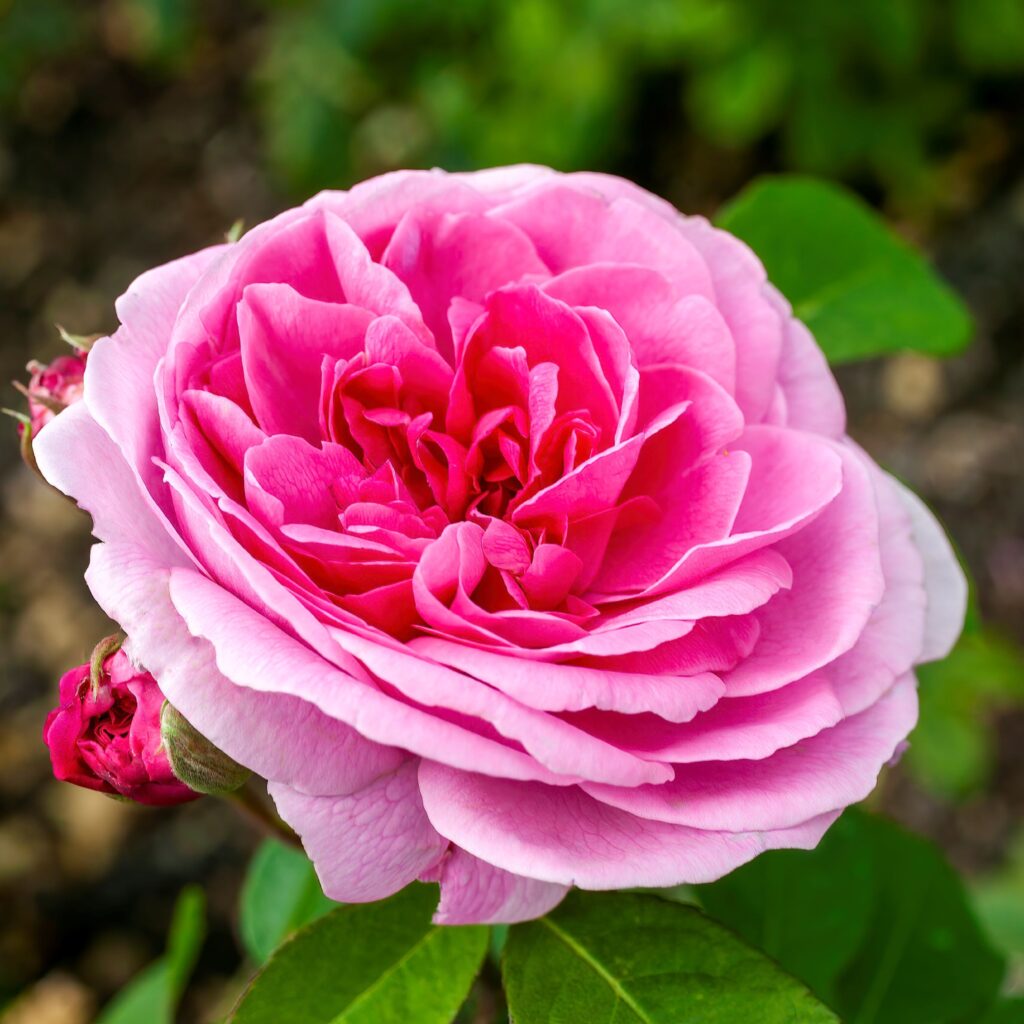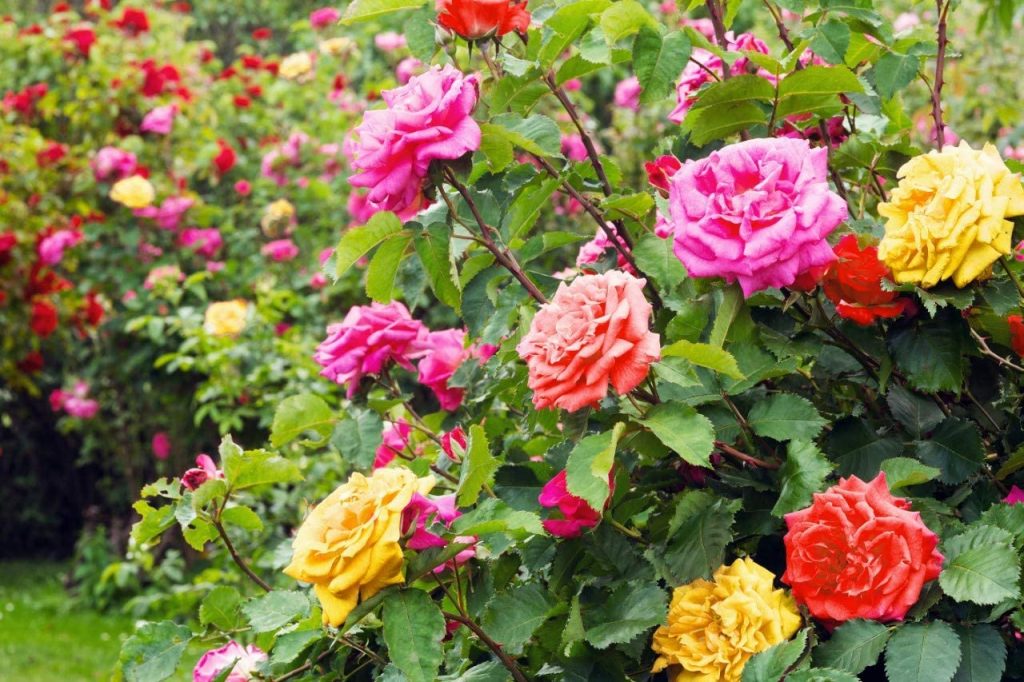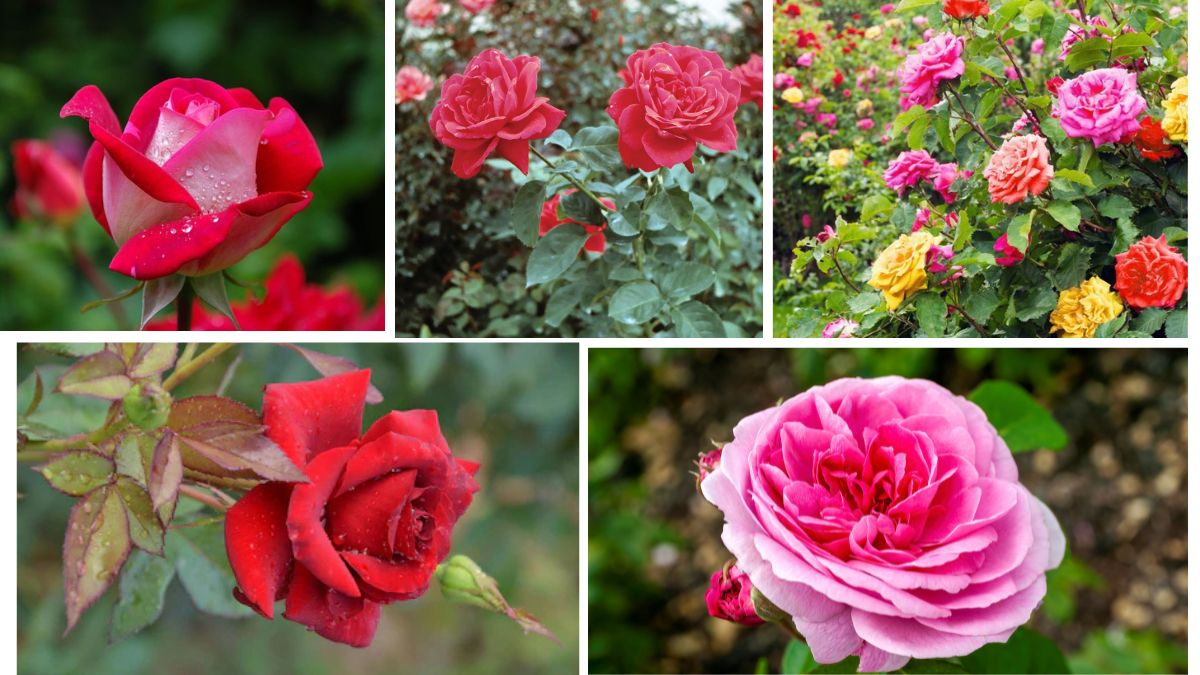Roses—often referred to as the “queen of flowers”—are timeless symbols of love, beauty, and elegance. Their global popularity spans across cultures, traditions, and industries, making them one of the most cultivated and commercially important flowers in the world. From Valentine’s Day bouquets to wedding decorations and perfume production, the demand for roses never fades.
But which countries lead the way in rose flower production? In this article, we explore the global rose industry, the top rose-producing nations, the varieties they specialize in, and the economic and cultural importance of this cherished bloom.
The Global Rose Industry at a Glance

The global floriculture market—worth over $50 billion—features roses as its most traded flower. Roses are cultivated for multiple purposes:
- Cut flowers (for bouquets and arrangements)
- Garden and landscape roses
- Essential oils and perfumes
- Dried petals for cosmetic and medicinal uses
The rise of advanced greenhouse technologies, international floriculture trade, and growing consumer demand has transformed rose cultivation from a localized art to a global industry.
1. The Netherlands – The European Powerhouse
Global Ranking: Top in Europe, Major Global Exporter
The Netherlands has long been considered the heart of the global flower industry, and roses are no exception. With its cutting-edge greenhouse infrastructure, hydroponic systems, and world-famous Royal FloraHolland auction, the Netherlands plays a pivotal role in both rose production and distribution.
Key Facts:
- Majority of rose production occurs in controlled greenhouse environments.
- Specializes in long-stemmed hybrid tea roses.
- A major re-exporter: many roses are imported from Africa, graded, and then re-exported to Europe, North America, and Asia.
- Known for floral innovation and breeding new rose varieties.
Though domestic production has declined slightly due to high energy costs, the Netherlands remains the logistics and innovation hub of the global rose trade.
2. Kenya – The African Rose Giant

Global Ranking: Top Exporter to Europe
Kenya has emerged as one of the world’s largest rose producers, thanks to its favorable climate, high-altitude farms, and skilled labor. The country supplies nearly 38% of the roses sold in the European Union, making it a floral powerhouse in Africa.
Key Facts:
- Over 500 flower farms, mainly around Lake Naivasha.
- Exports over 120,000 tonnes of roses annually.
- Grows a wide range of tea and spray rose varieties.
- Key destinations: Netherlands, UK, Germany, and Middle East.
Kenya’s rose industry provides employment to over 100,000 workers, many of whom are women, making it an important socio-economic sector.
3. Ecuador – High-Altitude Excellence
Global Ranking: Top in South America
Ecuador is renowned for producing some of the largest and most vibrant roses in the world, thanks to its unique high-altitude growing conditions and consistent sunlight year-round.
Key Facts:
- Produces more than 400 rose varieties.
- Known for extra-large heads and long stems—highly prized in luxury markets.
- Exports to the U.S., Russia, and Europe.
- Major production zones: Cotopaxi, Cayambe, and Pichincha regions.
Ecuador’s rose industry contributes heavily to national exports and is supported by strong sustainability and fair trade initiatives.
4. Colombia – A Floral Superpower

Global Ranking: Top in Latin America, 2nd Largest Rose Exporter Globally
Colombia is a global leader in cut flower production, with roses being one of its primary exports. The country’s flower farms are mainly located around Bogotá, where climate and altitude are optimal for rose farming.
Key Facts:
- Colombia supplies over 60% of the U.S. rose market.
- Grows high-quality, long-lasting hybrid roses.
- Over 100,000 people employed in the floriculture industry.
- Strong infrastructure for post-harvest handling and cold chain logistics.
Colombia’s rose production is heavily focused on Valentine’s Day and Mother’s Day sales in the U.S. and Canada.
5. India – Rising Domestic Giant

Global Ranking: Top in Asia (by cultivation area)
India is among the largest cultivators of roses, though its industry is primarily domestic-market oriented. Indian roses are grown both for cut flowers and traditional uses such as garlands, religious offerings, and rose water production.
Key Facts:
- Major rose-growing states: Karnataka, Maharashtra, Tamil Nadu, West Bengal, and Uttar Pradesh.
- Specializes in desi varieties, hybrid teas, and oil-bearing roses like Rosa damascena.
- India also exports roses to Middle East, UK, and Southeast Asia.
- The city of Bangalore is known as India’s rose capital.
India’s rose sector benefits from government support, domestic festivals, and growing urban demand.
6. Ethiopia – A Floral Force on the Rise
Global Ranking: Top Emerging Rose Producer in Africa
Ethiopia is an emerging player in the international rose market. Like Kenya, it offers favorable highland climates and low production costs, attracting foreign investors.
Key Facts:
- Over 70 flower farms across the highlands.
- Fast-growing export destination for Europe and Middle East.
- Strong government support for floriculture as an export industry.
With modern greenhouse farms and EU-friendly regulations, Ethiopia is expected to increase its global rose market share significantly in the next decade.
7. China – Domestic Demand Driver

Global Ranking: Largest Consumer and Rapidly Growing Producer
China has a large and growing demand for roses, especially around Valentine’s Day, Singles’ Day, and Qixi Festival. While most roses are consumed locally, rose cultivation for both fresh flowers and edible/medicinal use is rising.
Key Facts:
- Key regions: Yunnan, Sichuan, and Shandong.
- Production focuses on garden roses, cut flowers, and Rosa rugosa for tea and skincare.
- Increasing investments in greenhouse technology and automation.
China’s rose market is unique due to its combination of ornamental, edible, and industrial uses.
Other Notable Rose Producers
- Thailand – Strong local production for religious and ornamental use.
- Iran – Known for damask roses used in rose oil and traditional medicine.
- Turkey – A major center for rose water and essential oil production.
- United States – California and Texas produce roses for domestic consumption, especially around holidays.
Global Rose Trade: Key Trends
Seasonal Surges
Rose demand spikes during:
- Valentine’s Day (February)
- Mother’s Day (May)
- International Women’s Day (March)
- Weddings and festivals
Air Freight and Cold Chain Logistics
The rose industry is dependent on fast and refrigerated transportation, especially for exports from Latin America and Africa to Europe, North America, and Asia.
Sustainability and Fair Trade
There’s rising demand for eco-certified, low-pesticide, and ethically produced roses, prompting producers to invest in better labor conditions and environmental practices.
Conclusion: A Global Bloom
Roses, with their universal appeal and versatile uses, have become a truly global commodity. From the technologically advanced greenhouses of the Netherlands to the sun-drenched highlands of Ecuador and Kenya, rose farming supports livelihoods, drives exports, and delivers beauty across continents.
While nations like Colombia and Kenya dominate international trade, countries like India and China continue to expand their domestic rose industries. With rising consumer demand, sustainable practices, and innovation in floriculture, the global rose industry is poised to flourish even more in the coming years.
Whether you’re gifting a single stem or admiring a blooming garden, chances are high that the rose you’re enjoying has traveled a fascinating journey across borders, climates, and cultures—just to bring a little more beauty into your world.





